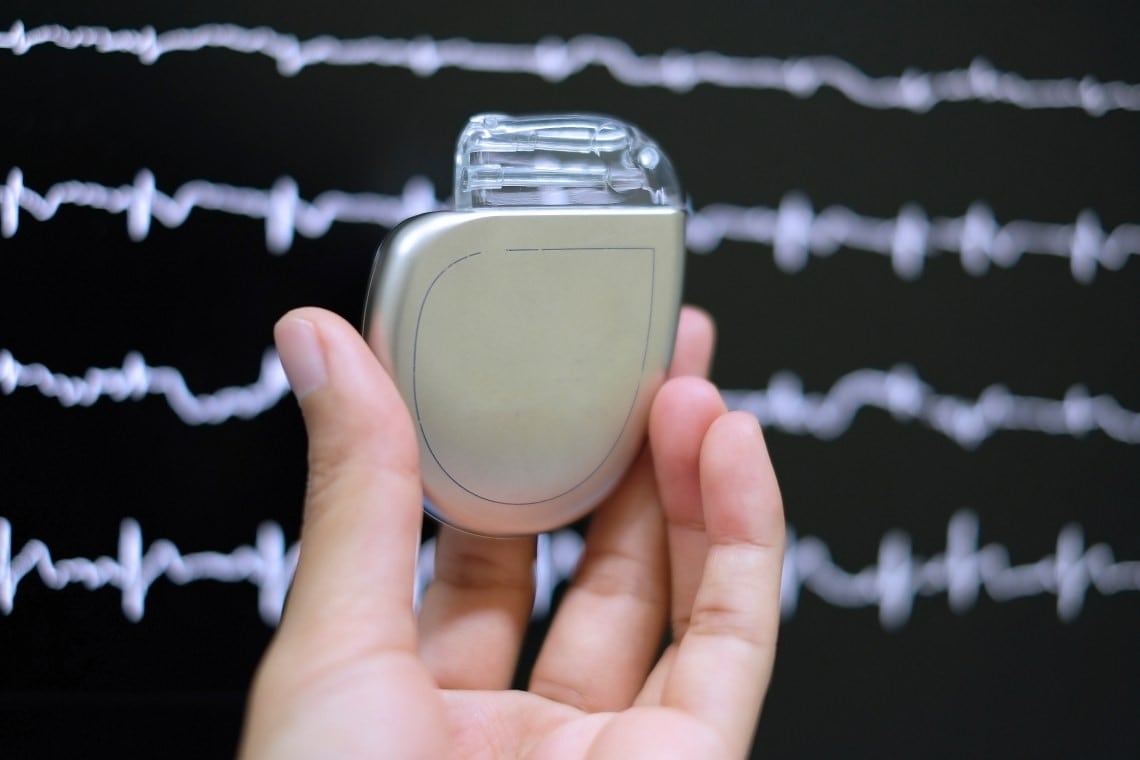Eliminating Barriers for Medical Device Designers
Explore Medical Design Solutions
Speed Up Your Development
Explore our selection of comprehensive system solutions featuring a variety of our products and technologies, or submit your design to receive feedback and collaborate with Microchip experts.

Resources for Medical Device Designers

Contact Us
We are here to support you. Contact our Client Success Team to get assistance with your design.

Looking for Inspiration?
Explore our medical reference designs to kickstart your development and speed up your time to market.

Medical Design Partners
Get in touch with one of our Medical Design Partners if you need to add medical-grade device design expertise to your own design efforts or if would you like to have a total medical solution designed for you.
Medical Video Channel

Ultra Low-Power (ULP) Connected, Wearable Activity Monitor Demo
Ultra Low-Power (ULP) Connected, Wearable Activity Monitor Demo
High-end wearable activity trackers can take step count, temperature, light and other movement and environment measurements. They are not only being used for fitness applications but are becoming an essential part of medical device design. Microchip’s Ultra Low-Power or ULP Connected, Wearable Activity Monitor Demonstration Board can be used as the starting point for the design of medical home monitoring, patient tracking and drug delivery compliance devices.

Wearable Heart Rate Monitor Demo
Wearable Heart Rate Monitor Demo

Microchip’s Connected Thermometer Demonstration
Microchip’s Connected Thermometer Demonstration
Microchip's Connected Thermometer Board demonstrates the implementation of a Bluetooth®-connected digital thermometer using Microchip's PIC16F1519 MCU and RN42 Bluetooth Module. The PIC16F1519 MCU is an eXtreme Low Power (XLP), cost-effective 8-bit microcontroller with an integrated capacitive touch sensing module. Connectivity is demonstrated on this board by the use of Microchip's fully qualified RN42 Bluetooth2.1 + EDR Module. This demo design can also be easily implemented using any of Microchip's Bluetooth Low Energy or Wi-Fi® connectivity modules.

Microchip's Pulse Oximeter Demonstration Board
Microchip's Pulse Oximeter Demonstration Board
Microchip’s pulse oximeter reference design demo board helps designers develop a low-cost, low power handheld or wearable pulse oximeter with user interface which is capable of measuring both heart rate and blood oxygen level. It can be used to start development of a hospital or clinical pulse oximeter design, but it can also be used as a starting point for the development of a wearable activity tracker design that can measure heart rate and blood oxygen level.

Connected Functional Safety Syringe Pump/Auto Injector
Connected Functional Safety Syringe Pump/Auto Injector
Whether healthcare is administered in the hospital, clinic or in the home; safe automated syringe pumps and auto injectors have become a critical part of drug delivery. Microchip's Functional Safety Syringe Pump/Auto Injector demo is a great example of the implementation of a medical, safety-critical application. This demonstration highlights the use of Microchip's Class B Functional Safety Software Libraries and our IEC-62304 compliant Functional Safety Compilers. The demo itself not only shows how to design the motor control and sensor interface for an automatic syringe pump or auto injector device, it also demonstrates how to implement connected, patient compliance functions in a drug delivery system.





